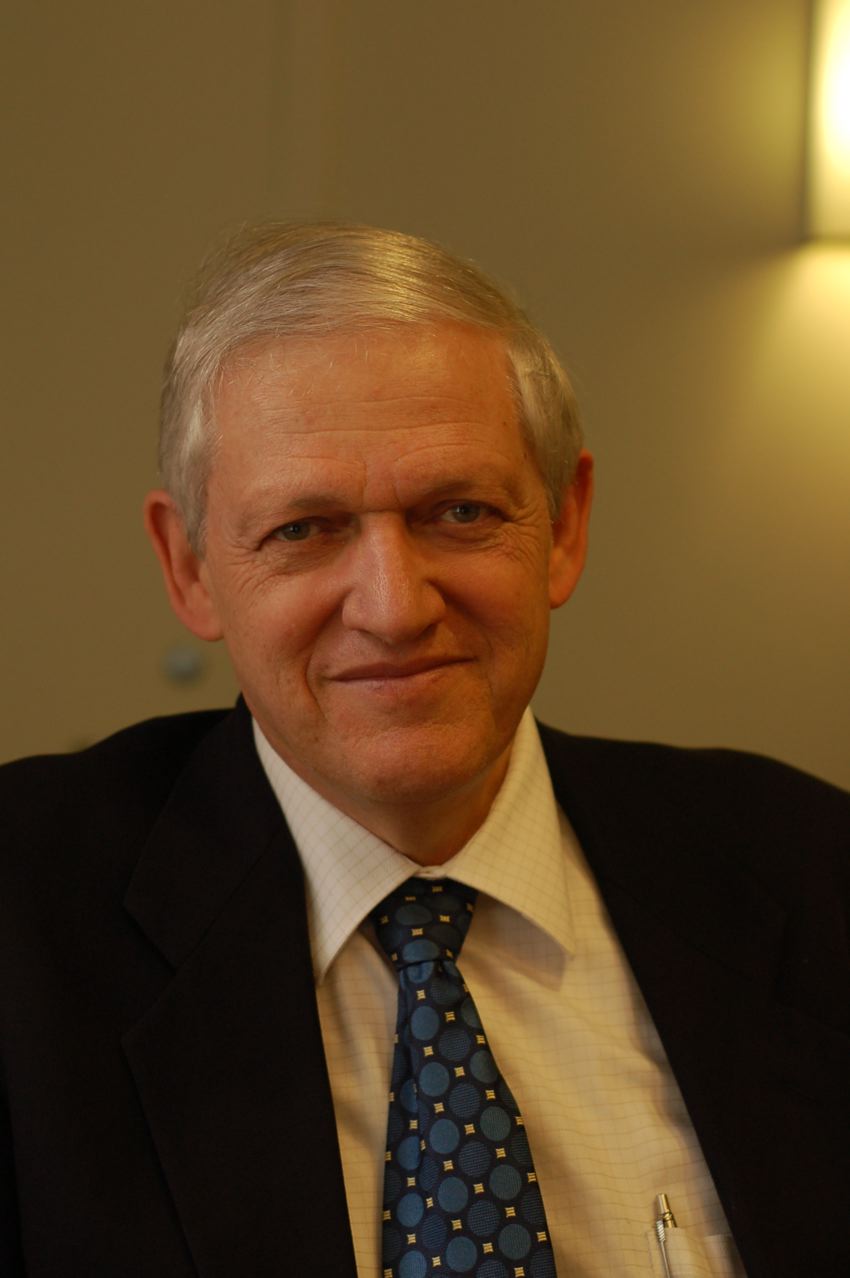By Laurence Prusak
During the recent financial crisis, many people asked how such well-educated and highly trained traders, analysts, and brokers could have made such awful decisions.  After all, they were the “best and the brightest”—often recruited from the best schools, where they majored in difficult and sometimes incomprehensible subjects and still graduated at the top of their classes. They were brilliant, so how could they have been so wrong? What happened?
After all, they were the “best and the brightest”—often recruited from the best schools, where they majored in difficult and sometimes incomprehensible subjects and still graduated at the top of their classes. They were brilliant, so how could they have been so wrong? What happened?
Well, those of you as old or nearly as old as I am know that we last heard about the “best and the brightest” during the final years of the Vietnam War, when a great reporter, David Halberstam, wrote a book with that title. In it, Halberstam described how some exceptionally smart people brought about that failed war and its terrible aftermath. They were smart, but their judgment was faulty.
No doubt you have your own favorite examples of failures of judgment by people who, it seems, should have known better. But that assumes a causal link between knowledge and judgment—a link that is by no means automatic, simple, or everpresent. In fact, many social scientists now question the relationship between the two and wonder out loud if they are connected at all.
Of course they are; good judgment requires knowledge. But the quality of judgment is strongly tied to how one chooses what knowledge to use in particular circumstances. Judgment is very much a mix of knowledge, context, and circumstances. I would also add history to this mix, perhaps because of my own predilections. The late, great, Ernest May pointed out that thinking of things “in time” often leads to good outcomes.
Many, many books have been published that purport to tell us how to make good decisions. Many of them are partisan, though, in that they advocate for what they consider the one best way to make decisions in virtually all circumstances. I think the only road to success in making good judgments against the odds of complexity, ambiguity, entropy, and one’s own biases is to selectively and flexibly use the entire range of your available knowledge. This includes instincts, “gut reactions,” tacit and explicit rules one has used successfully in the past, your own and others’ know-how, intellectual capital stored in documents and videos, analytics of all sorts and shapes, and examples offered by history. The trick is knowing when and where to use what knowledge and testing types of knowledge against each other. This isn’t always an easy thing to do, to say the least.
Part of the problem is that our professional schools often give us one model for action—a kind of reductionist analytic structure that hasn’t changed much since it was developed in the seventeenth century. While this way of thinking has had great success in many areas, it lacks the subtlety and flexibility needed to deal with highly complex issues that depend on understanding human motivations that are often impossible to predict or analyze fully. If you have ever managed a complex technical task that is being carried out by a group of those rascally, unpredictable humans, you probably know that you need all the tools that you can get to do this sort of work well—to make the right decisions when judgment is called for. Depending on just one kind of analysis or managing people in one, unchanging way (solely using a reward system, for example) is no more likely to succeed than trying to build a house with just a hammer.
Another sad reason for our failures in exercising judgment is that little or no history is taught in our professional schools. Problems and issues are all addressed as if they had never happened before. How can we understand management issues or any issues in a historical vacuum? How can we understand what to do without knowing what was done before in similar circumstances and what the results were? Yet the history of management thought and action is a non-starter in MBA programs. I suspect the same is true in engineering schools, with every project seen as an orphan, without parents or offspring.
One day all this will be different. Critical failures caused by poor judgment, some on a global scale, will continue and will eventually force schools, management gurus, and organizations to recognize the varied knowledge, skills, and perspectives that contribute to good judgment. They will eventually understand that there is no one right way to make decisions, that a key to good judgment is judging how to approach a particular task or situation. Teaching judgment and teaching the knowledge that supports judgment will be the norm. I only hope we don’t suffer too much more in the course of learning that lesson.






